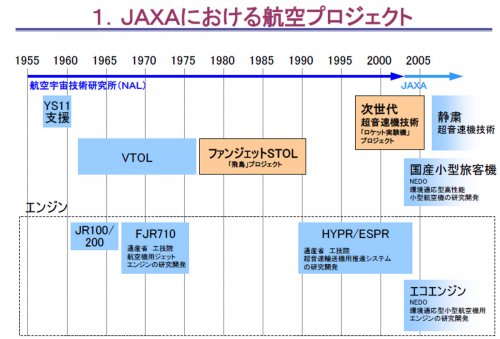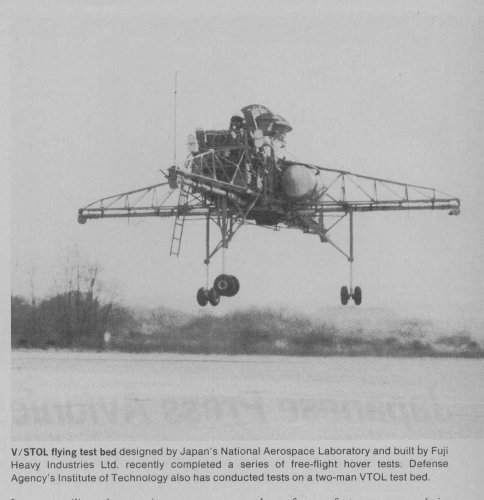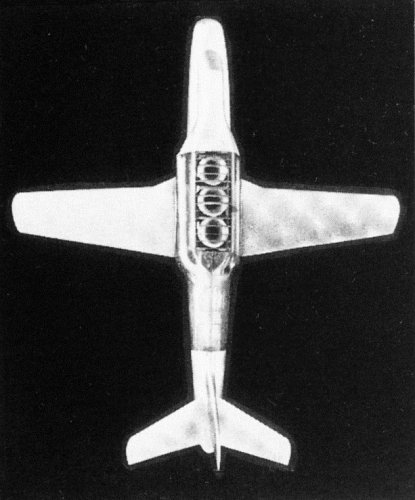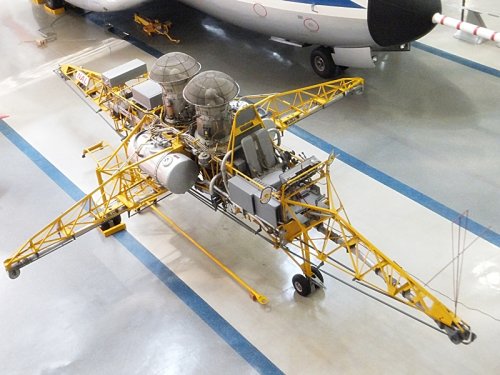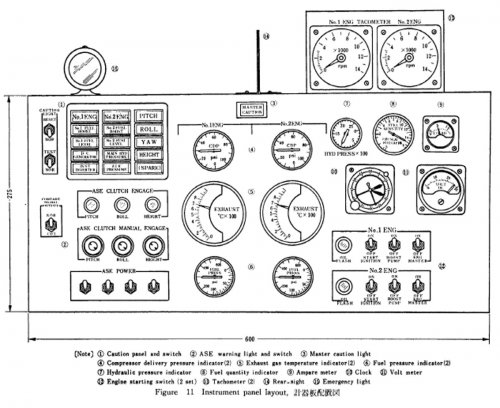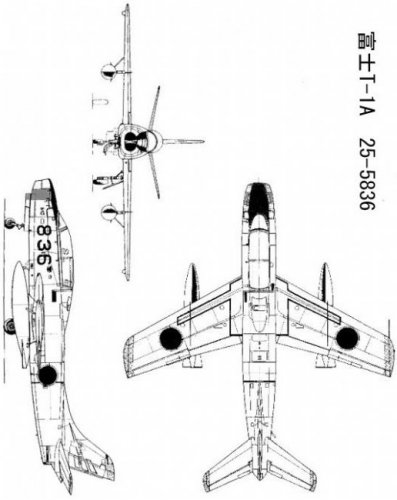Answer from Kakamigahara Aerospace Science Museum.http://www.city.kakamigahara.lg.jp/museum/124/000814.html
お問い合わせありがとうございます。
さて、「NAL VTOL実験機」ですが、かかみがはら航空宇宙科学博物館に実機が展示されています。
同機は、日本が開発した初めての垂直離着陸実験機(ジェットエンジンの排気で垂直離陸する)であり、1970年12月15日に宮城県角田で初飛行に成功しました。
残念ながら、日本の垂直離着陸機の研究開発は「経済性」や「騒音問題」などの事情からこの1機だけで終わり、短距離離着陸機の研究へと方向転換されました。
本機で得られた成果は、JAXAの月面軟着陸研究等に活かされているとのことです。
展示機体は、各種実験終了後エンジンが外され、国立科学博物館にて屋外展示されていましたが、1995年、かかみがはら航空宇宙科学博物館開館に向けて無償譲渡されました。
その後、NALや富士重工業の協力を受け、飛行実験当時の状態に復元され、現在に至っています。
Auto translation
Thank you for your inquiry.
So NAL VTOL experimental machine, what is hair displays a real Aerospace Science Museum.
The aircraft is developed by Japan for the first time experimental VTOL (vertical takeoff Jet engine exhaust), and 12/15/1970 succeeded in its first flight in Kakuda, Miyagi Prefecture.
Unfortunately, research and development of vertical takeoff and landing aircraft in Japan end in only this one reasons such as "economic efficiency" and "noise issue", was turning to the study of short takeoff and landing aircraft.
It is with the results obtained on this unit is utilized in the JAXA lunar landing research, etc..
Unplugged engine after the various experimental exhibition aircraft that had been outdoors at the National Museum of science, but in 1995, or bite was transferred free of charge toward rose Aviation Aerospace Science Museum opened.
Then received the cooperation of NAL and Fuji Heavy Industries Ltd., was restored to flight test at that time, continues.
Explanation of this test bed.
VTOL(垂直離着陸機)にはいくつかの方式がありますが、航空宇宙技術研究所で研究されていたのは、推進用エンジンとは別に、浮上用のリフト・エンジンを持った「リフト・エンジン方式」のVTOLでした。
当初、航空宇宙技術研究所ではリフト・エンジンだけを搭載した実験機の成果を踏まえた上で、本格的なVTOL機の開発に移行することを計画していました。本機は、その実験機です。
Auto translation
It was VTOL lift engine architecture with the lift engine to engines for propulsion, levitation for VTOL (vertical takeoff and landing aircraft) there are several schemes that had been studied in Research Institute of space technology.
Was planning the transition to development of a VTOL aircraft, based on the results of the experimental aircraft initially with only the lift engine air space technology Research Institute on authentic. This is the experimental aircraft.
Test report
https://repository.exst.jaxa.jp/dspace/bitstream/a-is/24268/1/naltr00358.pdf

